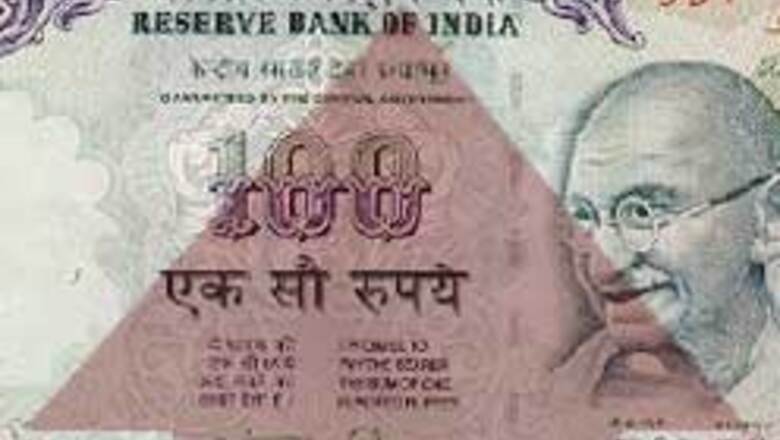
views
New Delhi: The wholesale prices Inflation is running at an annual rate of 5.16 per cent, but within a range of 5.0-5.5 per cent expected by RBI for the end of the financial year in March 2007.
Inflation accelerated from 4.1 per cent at end-March 2006 to 5.5 per cent on June 17 and again on November 18.
India needs to take pre-emptive measures to rein in inflation, Finance Minister P Chidambaram said on Tuesday.
Blaming a large part of current inflation on inadequate supply of commodities like wheat and pulses, Government has said yields of such products have to be enhanced, besides making policy responses pre-emptive to contain prices.
Wheat prices have risen by 15-20 per cent over the past year and prices of pulses have increased about 30 per cent.
The Mid-Year Economic Review, presented in Parliament by Minister of State for Finance S S Palanimanickam, said high economic growth and creeping up of inflation in manufactured products has generated some concerns about "overheating of the economy".
The review said a durable solution had to be found by increasing yields and the domestic output of such products and inflationary pressures had to be nipped in the bud.
If investment continues to be buoyant and efficiency improves, the problem of overheating may turn out to be less real and more imaginary, the review said.
Government and the RBI have already initiated measures such as supply management, duty reduction and monetary tightening to bring inflation under control.
The central bank has raised interest rates and adopted other measures on several occasions this year, most recently on December 8 when it announced a 50 basis point increase in banks' reserve ratios to 5.50 per cent to reduce surplus funds in the system.
The moderation of international oil prices have brought some relief on expectations front.
The issue of overheating relates to the fundamental question of whether the country was growing beyond its growth potential, thereby straining labour force and capital stock, engendering inflationary instabilities, the review said.
Indian economy grew by a robust 9.1 per cent in April-September of 2006-07.
The growth in recent times has been even higher in China than in India. China has current account surplus in compared to a current account deficit in India.
Moreover the lower inflation in China than in India have made India more prone to overheating than China.
While it was difficult to be definitive about the sustainable level, both the Committee on Fuller Capital Account Convertibility and the Approach Paper on 11th Five Year Plan, indicated that a current account deficit to GDP ratio of 3 per cent could be comfortably financed and need policy action if it rises to above 3 per cent.
RBI has already warned of signs of potential overheating in the economy, which registered robust growth of 9.1 per cent.



















Comments
0 comment